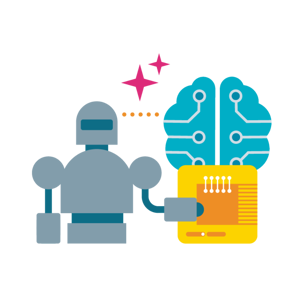Building an innovative culture: insights and guardrails for generative AI
Are you ready to transform your business culture and harness the true potential of innovation? In this blog we distil real-world insights from Mills & Reeve’s own journey, offering actionable steps and essential guardrails for leaders who want to foster creativity, drive change and lead with confidence.
